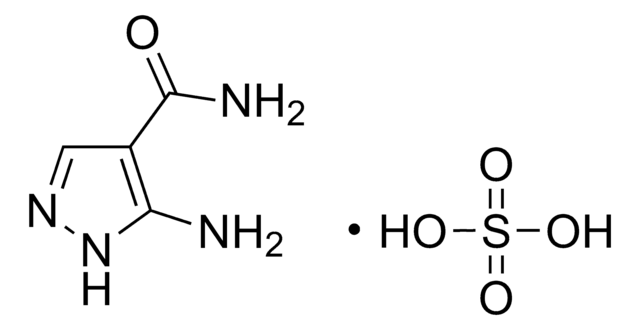MABF917
Anti-CRACC Antibody, clone 4G2
clone 4G2, from rat
Sinónimos:
SLAM family member 7, CD2-like receptor-activating cytotoxic cells, CRACC, Leukocyte cell-surface antigen, Novel Ly9, CD319
About This Item
Productos recomendados
origen biológico
rat
Nivel de calidad
forma del anticuerpo
purified antibody
tipo de anticuerpo
primary antibodies
clon
4G2, monoclonal
reactividad de especies
mouse
técnicas
flow cytometry: suitable
immunoprecipitation (IP): suitable
isotipo
IgG1κ
Nº de acceso NCBI
Nº de acceso UniProt
modificación del objetivo postraduccional
unmodified
Información sobre el gen
mouse ... Slamf7 (75345)
Descripción general
Especificidad
Inmunógeno
Aplicación
Flow Cytometry Analysis: A representative lot detected CRACC expression on the surface of many types of mouse immune system cells, including NK cells, NKT cells, B cells, DCs, macrophages and activated T cells (Cruz-Munoz, M.E., et al. (2009). Nat. Immunol. 10(3):297-305).
Affects Function: A representative lot, in combination with a rabbit anti-rat IgG, cross-linked cell surface CRACC and induced similar CRACC phosphorylation in IL-2-activated NK cells from wild-type, SAP-deficient, or EAT-2–ERT–double knock (DKO) mice (Cruz-Munoz, M.E., et al. (2009). Nat. Immunol. 10(3):297-305).
Immunoprecipitation Analysis: A representative lot, in combination with a rabbit anti-rat IgG and protein A, immunoprecipitated CRACC from lysates of IL-2-activated mouse NK cells (Cruz-Munoz, M.E., et al. (2009). Nat. Immunol. 10(3):297-305).
Inflammation & Immunology
Immunological Signaling
Calidad
Flow Cytometry Analysis: 0.1 µg of this antibody detected CRACC-positive mouse splenocytes.
Descripción de destino
Forma física
Almacenamiento y estabilidad
Handling Recommendations: Upon receipt and prior to removing the cap, centrifuge the vial and gently mix the solution. Aliquot into microcentrifuge tubes and store at -20°C. Avoid repeated freeze/thaw cycles, which may damage IgG and affect product performance.
Otras notas
Cláusula de descargo de responsabilidad
¿No encuentra el producto adecuado?
Pruebe nuestro Herramienta de selección de productos.
Código de clase de almacenamiento
12 - Non Combustible Liquids
Clase de riesgo para el agua (WGK)
WGK 2
Punto de inflamabilidad (°F)
Not applicable
Punto de inflamabilidad (°C)
Not applicable
Certificados de análisis (COA)
Busque Certificados de análisis (COA) introduciendo el número de lote del producto. Los números de lote se encuentran en la etiqueta del producto después de las palabras «Lot» o «Batch»
¿Ya tiene este producto?
Encuentre la documentación para los productos que ha comprado recientemente en la Biblioteca de documentos.
Nuestro equipo de científicos tiene experiencia en todas las áreas de investigación: Ciencias de la vida, Ciencia de los materiales, Síntesis química, Cromatografía, Analítica y muchas otras.
Póngase en contacto con el Servicio técnico![(2S)-6-Amino-2-{[(9H-fluoren-9-ylmethoxy)carbonyl]amino}hexanoic acid](/deepweb/assets/sigmaaldrich/product/structures/208/694/eddf6778-ca06-4285-b640-a693f1ce3eda/640/eddf6778-ca06-4285-b640-a693f1ce3eda.png)
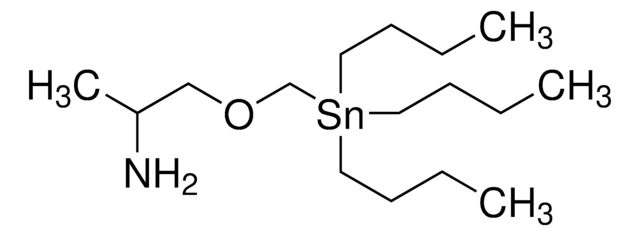
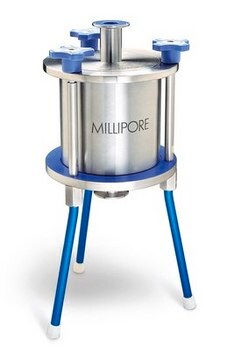
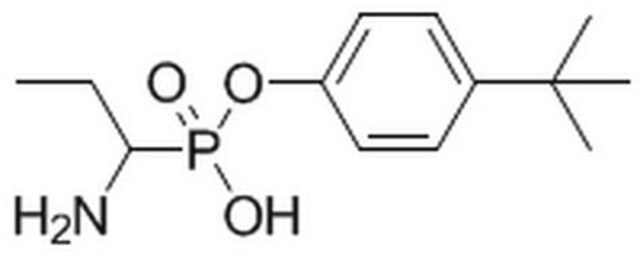

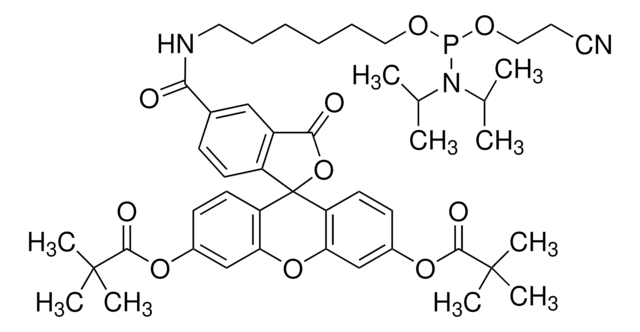
![1,3,8-triazaspiro[4.5]decane-2,4-dione AldrichCPR](/deepweb/assets/sigmaaldrich/product/structures/154/012/bf434fcc-95bc-4f79-8d16-67d62a49013a/640/bf434fcc-95bc-4f79-8d16-67d62a49013a.png)


